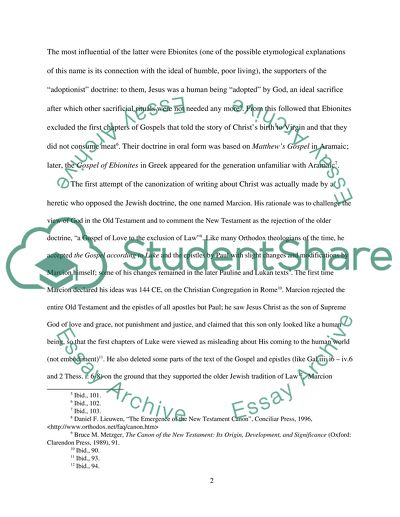Cite this document
(“The Foundation of Orthodoxy and the Canon Research Paper - 1”, n.d.)
Retrieved from https://studentshare.org/religion-and-theology/1460797-the-foundation-of-orthodoxy-and-the-canon
Retrieved from https://studentshare.org/religion-and-theology/1460797-the-foundation-of-orthodoxy-and-the-canon
(The Foundation of Orthodoxy and the Canon Research Paper - 1)
https://studentshare.org/religion-and-theology/1460797-the-foundation-of-orthodoxy-and-the-canon.
https://studentshare.org/religion-and-theology/1460797-the-foundation-of-orthodoxy-and-the-canon.
“The Foundation of Orthodoxy and the Canon Research Paper - 1”, n.d. https://studentshare.org/religion-and-theology/1460797-the-foundation-of-orthodoxy-and-the-canon.


